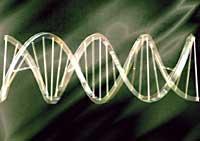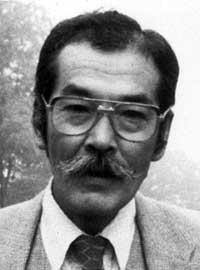DNA garbage in the garbage

However, the question is not correct. In other words, the percentages of this question are wrong. And a lot. In fact, neither 2% of the genome in each of our cells corresponds to genes, nor 2%. Therefore, the correct question would be what is almost all the human genome if they are not genes?
This question can be accompanied by such a small part of the human genome, why are genes so important? And being so small the part of the human genome, have we given more prominence to the genes of what corresponds to them? Genes are of great importance, there is no doubt. Genes are pieces of DNA that contain information to make proteins and proteins are basic workers of our cells, without which we have stopped doing so. Knowing the genes is important. As for the protagonism that we have given them, there is more doubt. We have dedicated a lot of resources to genetic research that has provoked a great media and social interest. As a result, much has been said about genes, especially in recent years. If it has been more than what corresponded to them… how much corresponds to it?
In any case, I would say, by matching the genome with the genes and leaving almost all the human genome aside, we have addressed the issue in general from a more restrictive perspective than would have been possible. Although not surprising, if we look at the name given to this rejection, since 98% of the human genome has been called junk DNA.

The name of junk DNA was created by geneticist Susumo Ohno in 1972 in the article entitled "So> "Junk" DNA in our Genome" (DNA "Zenbat Zabor" in our genome). Ohno investigated chromosomes and discovered that throughout the history of living beings there have been duplications of genetic material. These duplicities were interpreted by Ohno as a starting point for new genes, as an evolutionary mechanism. According to him, in those duplicate parts, by mutation, genes could be formed that encoded proteins that could have new functions, but, since the probability of this happening was very small, in the DNA there were a lot of redundant copies that did not encode anything for each new gene. All these repeated sequences were, therefore, surplus of evolution, remnants of missing genes, "failed experiments". For this reason, those copies were called “DNA”, “junk DNA” and gave them name.
But junk DNA is already in the process of extinction. It has always been most of the genome uncertainty the existence of valueless sequences, without functions, and as it has become more relevant, the researchers have been finding possible and important functions. Although from these sequences no proteins are produced, they have seen that RNA is produced, they believe that it is possible to participate in the regulation of the genome, it has been attributed an important role in the characteristics that characterize the man and the monkey... In short, it seems that the concept of junk DNA is disposable, but not only. If we ever believed that with the decoding of human genes the human genome project was finished, cast that belief into garbage; let's not say the illusion of understanding the functioning of the genome.
Published in Berrian.
Buletina
Bidali zure helbide elektronikoa eta jaso asteroko buletina zure sarrera-ontzian











